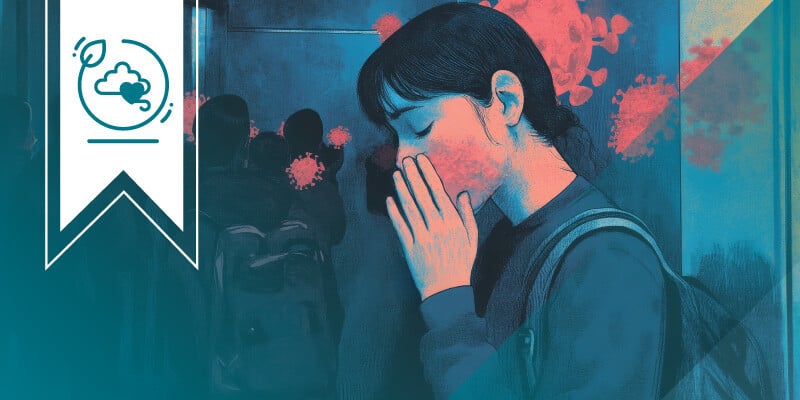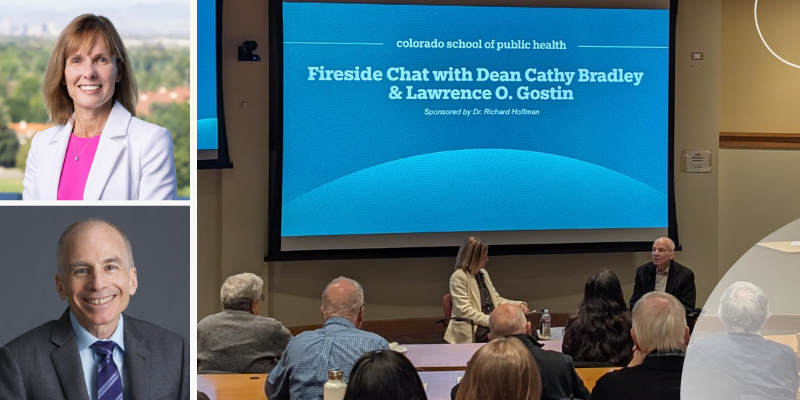Closing schools to stop the spread of an airborne virus seemed like the right call during the COVID-19 pandemic. Yet longterm impacts on student and family mental health, growth, and development during the response show us this wasn’t the best solution.
So how can experts keep students safer in the classroom? A team of researchers is taking action by looking at air quality and illness in schools across Denver.
“We don’t ever want to be forced to close schools again. We know school closures were hard for everyone and by doing the research, we hope to find ways to understand how to keep kids healthier,” said Dr. Thomas Jaenisch, MD, PhD, professor in the Department of Epidemiology and the Center for Global Health at ColoradoSPH.
Jaenisch is the principal investigator of a CDC-funded study measuring absenteeism rates in Colorado schools and testing for viruses with desktop-and nose-swabbing. His team is comparing data from classrooms with portable air cleaners and those without. He works with Dr. Mark Hernandez, PE, PhD, a civil and environmental engineer at the University of Colorado Boulder. Hernandez oversees data from air quality monitors that were installed in partnership with the CDPHE. The basis of the study lies in the air quality data, as it should be associated with absenteeism caused by respiratory illness.
“It seems like a no-brainer: portable air cleaners will make the air cleaner, and that’s generally better. But that’s not enough,” Jaenisch said. “We need specific numbers to understand the return on investment. Even if it seems obvious to put air cleaners in classrooms, we need concrete data to know how much illness they prevent to guide decision makers. We hope to contribute to this understanding.”
Jaenisch said there are challenges to collecting absentee data in the classroom.
First, the data routinely collected is related to all causes for student absences. Some school districts in Colorado are able to categorize the reason for the absence, but this is not a standard practice in all school districts.
Secondly, parents and students have so far been reluctant to submit to nasal swabs. Jaenisch is hoping to start a pilot study this fall in which students will voluntarily receive nasal swabs to track the rate of respiratory illness.
Jaenisch is optimistic that this study could provide important data that schools could use to make decisions about keeping schools open should we face another public health crisis.
“Our first hypothesis is to verify and validate that there’s a correlation between air quality and absenteeism rates,” he said.







